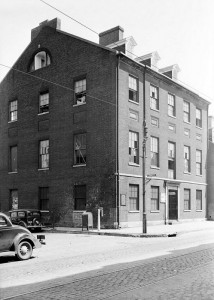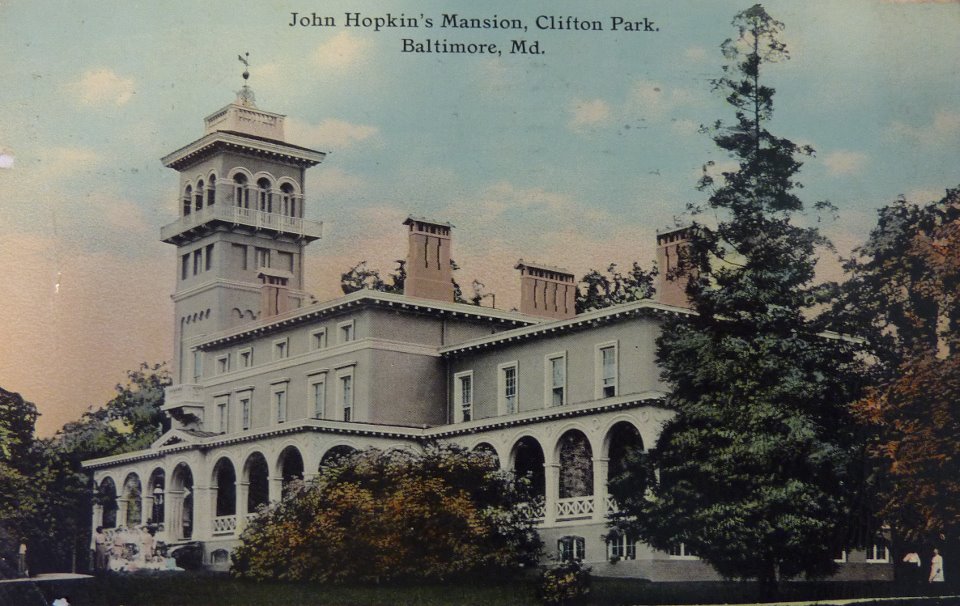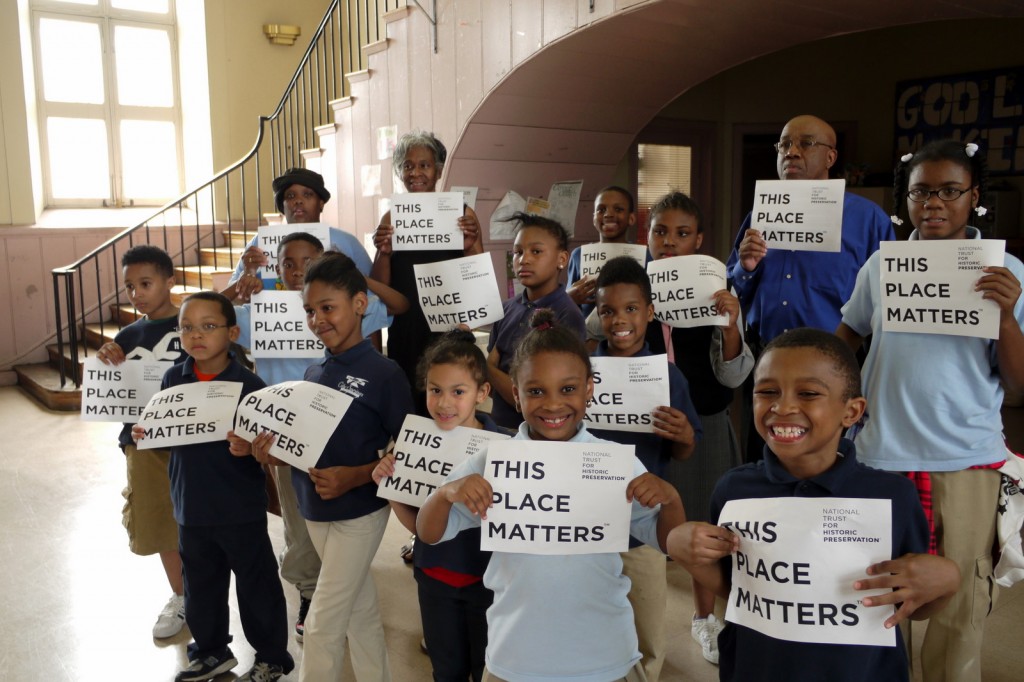
Last week, the Baltimore Business Journal published a report prepared for Baltimore City by a real estate consulting firm recommending various options for seventeen historic buildings owned by Baltimore City. When the City first commissioned this report last spring, it prompted widespread concern over the future of much-loved landmarks like the Shot Tower, Peale Museum, and Cylburn Mansion. At the time, we called for an open process that would ensure a seat at the table for the many citizens and volunteers who for decades have protected and celebrated these important landmarks. Now that the consultant’s report is final and the City has begun considering options for the seventeen buildings on the list, we believe the need for an inclusive deliberation is paramount to ensure the sites under consideration can be preserved and remain assets for Baltimore.

We commend Baltimore City for focusing on the seventeen historic properties subject to the report, some of which are in desperate need of repair. Long term leases, money-generating tenants, and perhaps even outright sale should be considered for some of the sites. Many others on the list, however, have friends groups that have cared for them for years (decades in some instances), that have raised money for their maintenance and restoration, and that are current and active in their work. Clifton Mansion, the Shot Tower, Carroll Mansion, and the Crimea are prime examples in this category. Still others, including the Peale Museum, Roland Park Water Tower, and President Street Station, have groups actively working with the City to gain control and begin restoration. The people who have devoted themselves to the buildings on the list should be part of the decision-making process. The consultant’s report appears to leave out the time, money, and dedication that Baltimoreans have already put into these landmarks and to undervalue their potential for the future stewardship of these historic places.
We will continue to advocate for an open process as the City moves forward in making decisions over the fates of these seventeen buildings. The seventeen buildings on the table deserve to be occupied and restored so that they can remain assets for Baltimore. The seventeen properties addresses by this report include:
- Peale Museum
- War Memorial Building
- President Street Station
- Carroll Mansion
- Phoenix Shot Tower
- McKim’s Free School
- Old Quaker Meeting House
- Baltimore Fire Museum
- Clifton Mansion
- Clifton Park Superintendent’s House
- Clifton Park Valve House
- Upton Mansion
- 2300 Maryland Avenue
- West Arlington Water Tower
- Roland Park Water Tower
- Crimea Mansion
- Cylburn Mansion




